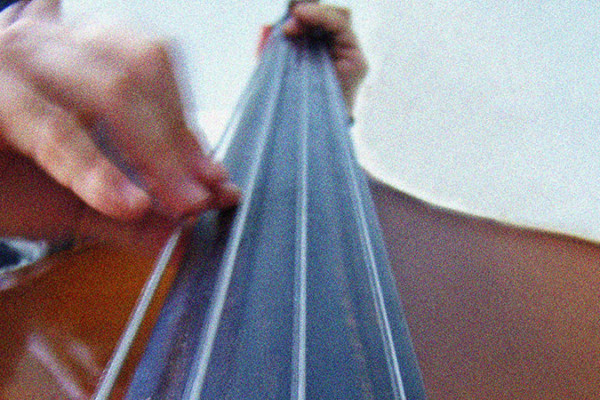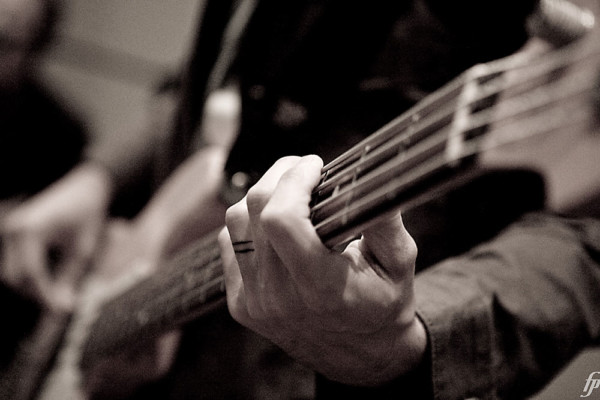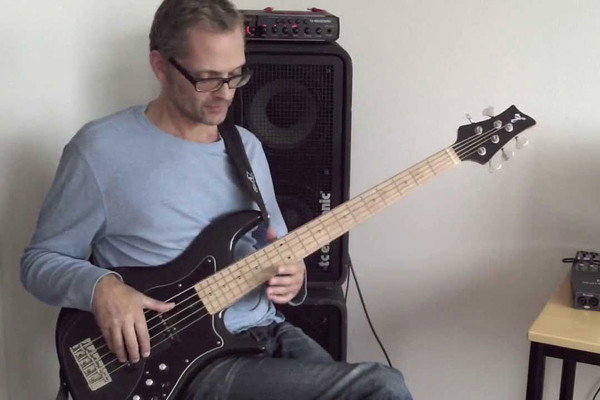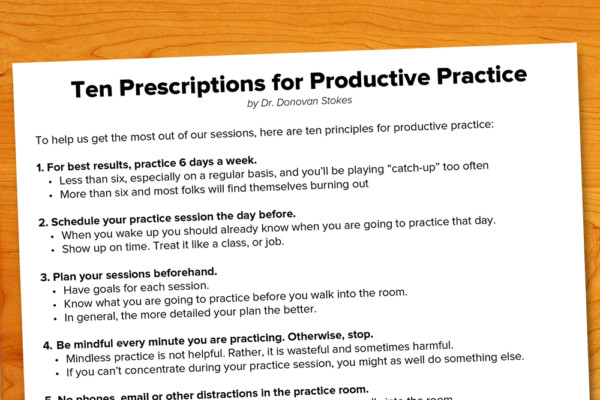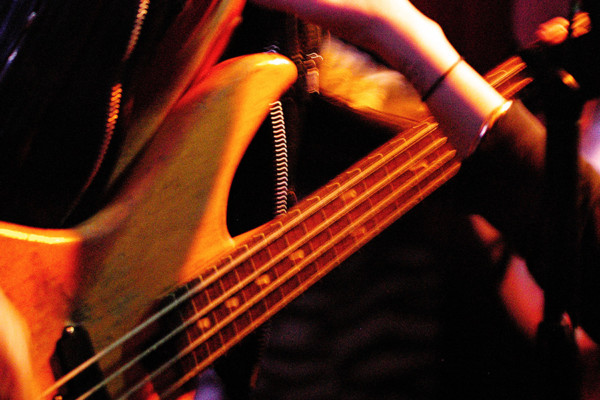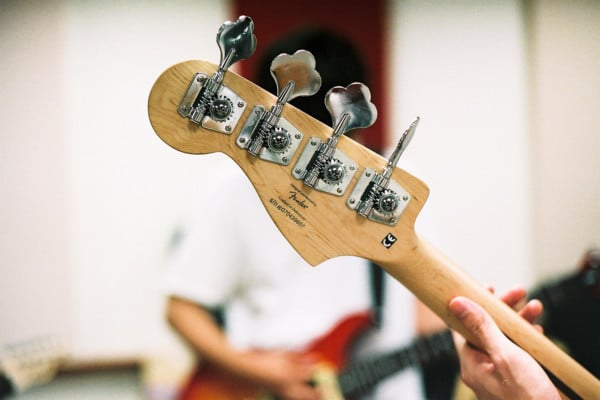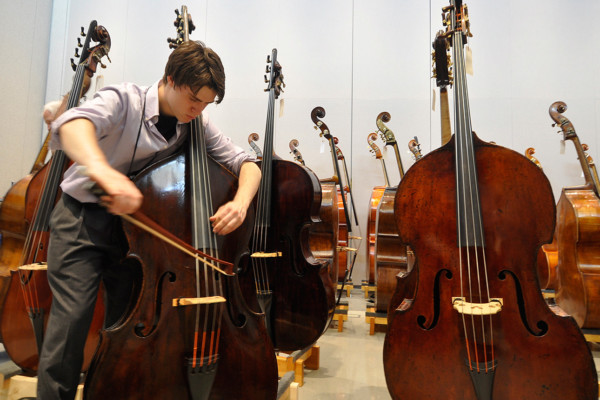Practice Archives - Page 7
Improving Vibrato Control: A Guide for Bassists
If the first step in acquiring control of our vibrato is to obtain a smooth motion that we can turn on or off at will, then the next step is to gain control over the speed and width of the vibrato. Being able to adjust the speed and width of a vibrato is indeed a valuable skill. Having this kind...
Memorizing Chords and Scales
Q: I’m lucky enough to attend a college with a robust and demanding music department, and like a lot music in academia, this means I’m playing a fair amount of jazz. I’ve been a fan of the genre for a long time, but I am new to playing it and seem to have run into a problem with improvising and...
Developing Timing and Feel: Rhythmic Studies for Bass Players
Q: My question is about timing. I realize that the choice of notes make a line hip, but the rhythm and the timing make the groove! How do you practice timing, Damian? A: Truer words have never been spoken! It’s all about the groove and time-feel (fancy words for “pocket”). Here are some goals for developing your timing and groove:...
Bass Lesson: Using Vibrato in Your Bass Lines for Better Phrasing
Today we’re going to dive in to the topic of using vibrato in your playing in this beginner/intermediate-level bass lesson. Vibrato is key to expression and better phrasing, making it a vital tool of the trade. In the first example in the video below, we’ll play a rock groove in C. Our line is a simple one, with 4 bars...
Ten Prescriptions for Productive Practice
Playing is fun, and important, but real progress happens when we practice. In fact, the most significant element in our development is our daily practice regimen. So, how we approach it is vital. To help us get the most out of our sessions, here are ten principles for productive practice: For best results, practice 6 days a week. Less than...
Exercises and Schedules for Building Stamina on Bass
My experience has been that when musicians work, they really work. It is completely feasible that we can play gigs morning, afternoon and evening. When times are good, we can find ourselves playing nine hours a day, or more, many days in a row. Needless to say, when these periods come around our stamina needs to be high. The demands...
Developing Your Musical Ear
Q: My problem is that I dont have “ears” for music. I’ve always tried and failed, and this is frustrating me. I only play what is written, or what somebody played. I want to play my own bass lines for any song of my choice. I’ve learned scales, modes, appregios… I’m not sure what to try next. A: I know...
How To Groove at Jam Sessions
Q: During jam sessions, I normally have a “hit and stick” approach to coming up with grooves. Essentially, there’s a lull between grooves where I end up peddling notes or playing the one. My keyboard player pointed this out and it bothers me. Is this something that I should be worried about? How do I lead a groove during these...
Practicing Without Your Bass: Some Exercises to Keep the Music Going
Q: Are there any exercises that you could recommend that can be done when away from the bass? A: You know, I’m surprised that I’ve never written about this before as I do actually have a number of things to recommend when you’re without your bass, to keep the music going. 1. Visualization of the fretboard. If you ever see...
Shifting Exercises for Bass
Sometimes, just for fun, I like to work on the short shifting exercise below. It helps me measure my accuracy, ensure I am light during the shift, and that I am using minimum pressure with my fingers, all while keeping my shifting fluid. It’s short, fun and challenging. Keep the following things in mind: Play with the bow, this trains...
Pyramiding: An Approach to Musical Exercise
There are many ways to approach a given exercise (e.g. trills, vibrato, etc.) and each have benefits. Some, of course, are more thorough than others. When I want to truly want to intensive on a particular area of technique I sometimes apply a concept borrowed from bodybuilding known as “pyramiding.” In simplest terms (when applying it to music), it means...
Rhythmic Bass Playing: Making it Fit the Musical Setting
Q: For a while, I’ve been focusing on developing a percussive finger style bass technique, in a similar style to yours. I have great fun with it when playing on my or own or looping, but whenever I try it in a band situation, it just never sounds as good. All the detail – and most of the groove –...
